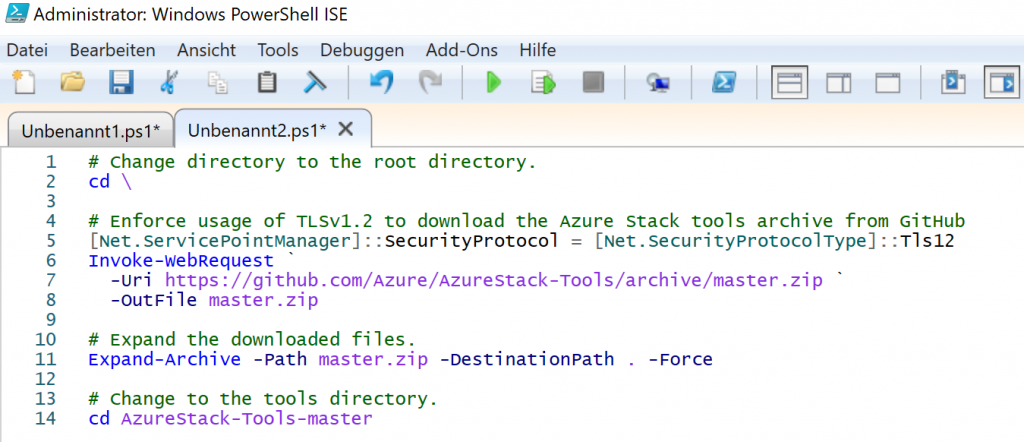
Makecert.exe -n "CN=BlogClientCert1" -pe -sky exchange -m 96 -ss My -in "BlogRootCert" -is my -a sha1Īll certificates are stored in your Personal certificate store on your computer.

Makecert -sky exchange -r -n "CN=BlogRootCert" -pe -a sha1 -len 2048 -ss My "BlogRootCert.cer" Generate a self-signed root certificate the name can be your name or what you like.
AZURE POINT TO SITE VPN NOT USING ROOT CA INSTALL
To use makecert, download and install Microsoft Visual Studio Express 2013 for Windows Desktop, which is free of charge. One way to create an X.509 certificate is by using the Certificate Creation Tool (makecert.exe).

While this is creating we will configure the P2P VPN. This will take about 30 minutes to create ( and Will cost you about 12 euro a month ) See Virtual Network Address Spaces page in About Configuring a Virtual Network using the Management Portal.Ĭheck the Box and you can see it is creating the network configuration but not the Gateway this is done in the next step.Īfter the Network Creation is Done We add the Gateway Configuration / Creation You have to check the Add Gateway Subnet this is uses for the Site-to-Site VPN The Next step is create a Address space for this network. To find My external IP I use Bing just ask “ what is my IP “ The next step is more Complicated, We need to pick a Local-Network name and We need to find the External IP on you network. Now that the Diagram is filled we do some configuration, As my local network is a 10 network and I like to not have this in the same range in this Scenario. Just because this is an Easy IP address.Īnd I selected the Configure a point-to-site VPN and Configure a site-to-site VPN and on the Local Network I choose a new local network. I this case everything is New So give the DNS server a name and IP this is my local DNS server and I use a Internet DNS server. If you have already a network then you can pick the DNS servers from the list and pick also a local network. I use an on premise DNS server but If you run a DNS in Azure You can use this server. The First step is pick a network name, No Change can me made afterwards ( well not easily ) That is all what needed and you will need to create two NAT rules on your router ( however NAT is not supported )īut this all depends on you network configuration.Īs I do net have a Network in azure I create a network that I will use for my VM’s that I will build after the network configuration, But I you already have a network in azure you can use that network.īut what Do I need Well It does not mater the Quick is configurable after creating the network. So by GUI or with Powershell add-WindowsFeature DirectAccess-VPN,Routing When you have the server installed you only need to install RRAS Role Service and no direct configuration needed. So one NIC is on my corp network and the other NIC is connected to the friendly Internet. So what do we need for a hybrid Environment Well I’ll setup a poor men’s version, that means One Hyper-v server home Router and an Azure Subscription.įirst We setup a windows Server No special needs for this 4GB memory and 1 Disk but with two network cards. The Next blog post will be more about Hybrid Configurations.

And The VPN option will get you to a real hybrid Network and This could be awesome.

AZURE POINT TO SITE VPN NOT USING ROOT CA HOW TO
I’ll show you how to create a S2S & P2P VPN setup. And as the Vnext Windows Server is more and more connecting to the Cloud. There are a lot of real good Blog post on how to create Azure Site to Site.


 0 kommentar(er)
0 kommentar(er)
